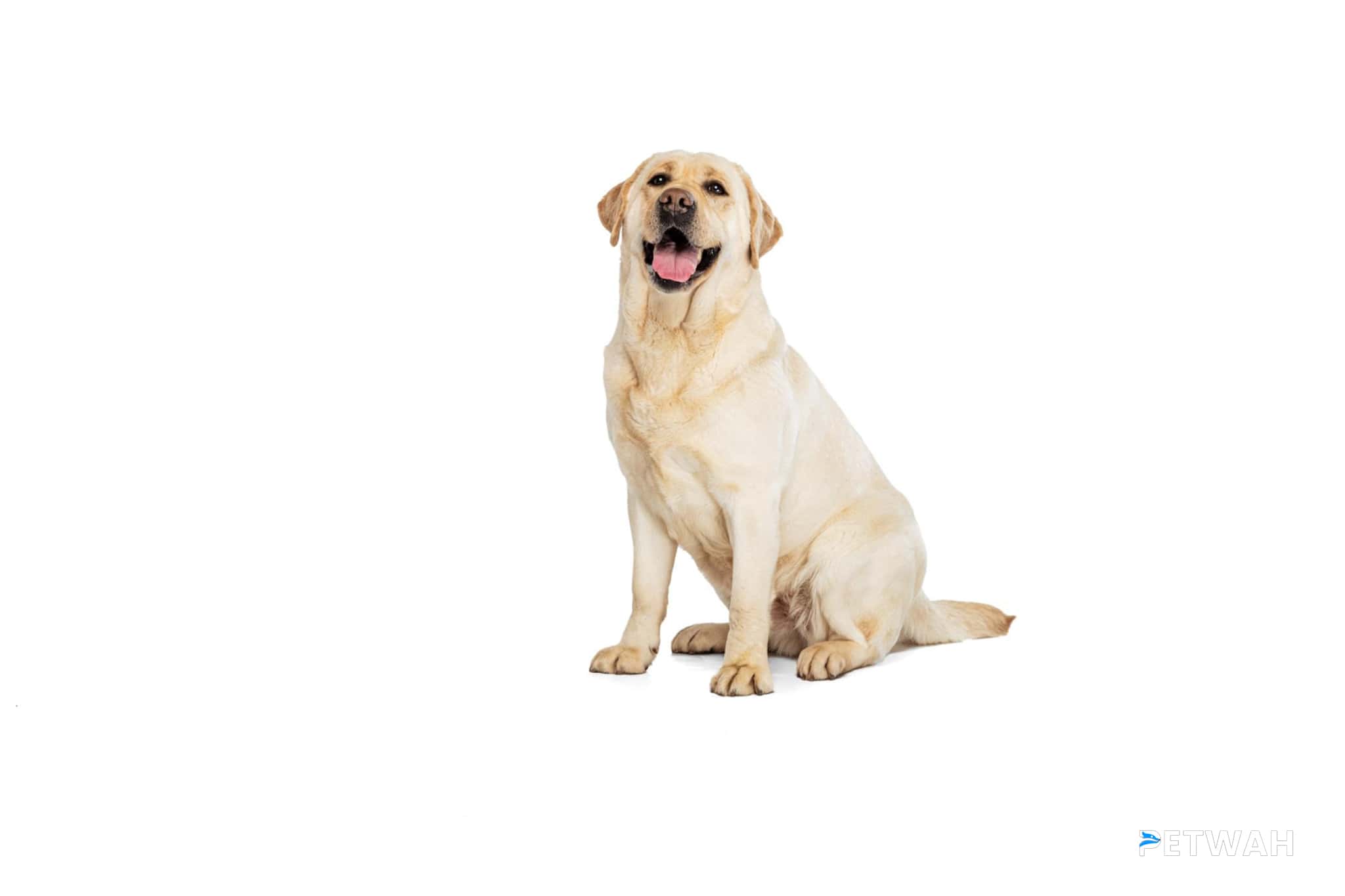As a dog owner, keeping your furry friend healthy and happy is always a top priority. However, it’s not always easy to spot the signs of illness in your pet. One condition that can often go unnoticed is Cushing’s Disease, a hormonal disorder that affects dogs of all ages and breeds. If left undetected, this condition can lead to serious health complications. In this comprehensive guide, we’ll take a closer look at the signs and symptoms of Cushing’s Disease in dogs, so you can better understand what to look out for and how to help your four-legged friend stay healthy. So, if you’re worried that your dog might be showing symptoms of Cushing’s Disease, read on to learn more.
As a dog owner, it’s important to be aware of the signs and symptoms of various health conditions that may affect your furry friend. One such condition is Cushing’s disease, also known as hyperadrenocorticism. This disease occurs when the adrenal glands produce too much cortisol, a hormone that regulates the body’s response to stress. In this comprehensive guide, we’ll explore the signs and symptoms of Cushing’s disease in dogs, as well as the causes, diagnosis, and treatment options.
Signs and Symptoms of Cushing’s Disease in Dogs
The signs and symptoms of Cushing’s disease can be subtle at first, but they typically become more noticeable as the disease progresses. Some of the most common signs and symptoms include:
1. Increased thirst and urination: Dogs with Cushing’s disease may drink more water than usual and need to go outside to urinate more frequently.
2. Increased appetite: Dogs with Cushing’s disease may also have an increased appetite, which can lead to weight gain.
3. Hair loss: Cushing’s disease can cause hair loss, particularly on the body and tail.
4. Thin skin: Dogs with Cushing’s disease may have thin, fragile skin that bruises easily.
5. Muscle weakness: Cushing’s disease can cause muscle weakness, particularly in the hind legs.
6. Panting: Dogs with Cushing’s disease may pant excessively, even when they’re not hot or exercising.
 - Copy.jpg)
7. Lethargy: Dogs with Cushing’s disease may be less active than usual and seem lethargic.
8. Pot-bellied appearance: Cushing’s disease can cause a pot-bellied appearance, particularly in dogs with thinning hair.
Causes of Cushing’s Disease in Dogs
Cushing’s disease can be caused by a few different factors. The most common cause is a benign tumor on the pituitary gland, which stimulates the adrenal glands to produce too much cortisol. In some cases, Cushing’s disease can also be caused by a tumor on one of the adrenal glands themselves. Finally, prolonged use of steroids can also cause Cushing’s disease.
Diagnosis of Cushing’s Disease in Dogs
If you notice any of the signs and symptoms of Cushing’s disease in your dog, it’s important to take them to the vet for a proper diagnosis. The vet will likely perform a series of tests, including bloodwork and a urinalysis, to check for elevated levels of cortisol. If the results are inconclusive, the vet may recommend additional testing, such as an ACTH stimulation test or an ultrasound.
Treatment of Cushing’s Disease in Dogs
Treatment for Cushing’s disease depends on the underlying cause. If the disease is caused by a tumor on the pituitary gland, medication may be prescribed to reduce the production of cortisol. In some cases, surgery may be necessary to remove the tumor. If the disease is caused by a tumor on one of the adrenal glands, surgery is usually the best treatment option. Finally, if the disease is caused by prolonged steroid use, the vet may recommend tapering off the medication or switching to a different type of medication.
Conclusion
Cushing’s disease can be a serious health condition for dogs, but with early diagnosis and proper treatment, many dogs can live a long and healthy life. As a dog owner, it’s important to be aware of the signs and symptoms of Cushing’s disease and to take your dog to the vet for regular check-ups. By working with your vet and following their recommendations, you can help ensure that your furry friend stays happy and healthy for years to come.
As a pet owner, it’s important to be aware of the signs and symptoms of canine Cushing’s disease. If left untreated, this condition can lead to serious health problems for your furry friend. By recognizing the early warning signs and seeking veterinary care as soon as possible, you can help your dog manage this condition and enjoy a happy, healthy life. So, if you notice any of the signs we’ve discussed in this article, don’t hesitate to contact your veterinarian and schedule an appointment. With prompt diagnosis and treatment, your dog can continue to be a beloved member of your family for years to come.


%20-%20Copy.jpg)
%20-%20Copy.jpg)
.jpg)



